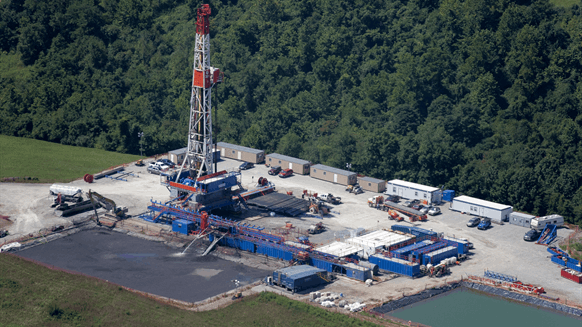
Thanks to the recent COVID-19 pandemic-related plunge in oil prices, coupled with the competition for oil market share between Russian and Saudi Arabia, IHS Markit sees big changes on the horizon for the North American natural gas supply.
Pointing out that associated gas accounts for nearly one-third of total U.S. gas output, the information services firm reported Tuesday that declining oil production stemming from low oil prices could cause associated gas volumes to fall by 8 to 10 billion cubic feet per day (Bcfd) by the end of next year. Much of the associated gas comes from oil production in the Permian Basin and Bakken and Eagle Ford plays, where operators are scaling back activity.
In a written statement emailed to Rigzone, IHS Markit predicted that the massive reduction in associated gas supply will help offset or even overtake the pandemic-induced fall in gas export demand. The firm added, however, that the dramatic shifts in gas supply and demand will not occur simultaneously.
“Roughly speaking, for every 500,000 barrel per day of oil production drop, we see associated gas volumes fall by about 1 Bcfd,” commented Narmadha Navaneethan, IHS Markit’s director for North American upstream research. “Considering the depth and duration of the global oil situation, we could see an 8-Bcfd reduction in associated gas.”
That should create a void for gas producers to fill, observed IHS Markit North America Upstream Research Director Reed Olmstead.
“These are unprecedented times in oil markets, and they will affect U.S. gas markets once the COVID-19 impact subsides,” remarked Olmstead. “As demand returns, dry gas producers are going to have to step up and fill the supply gap left by reductions in associated gas volumes, and the commodity markets are going to have to make it profitable to drill new wells.”
To contact the author, email mveazey@rigzone.com.




No comments:
Post a Comment